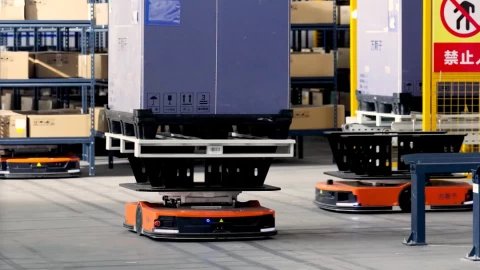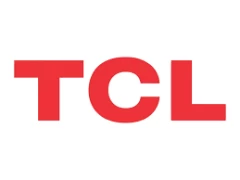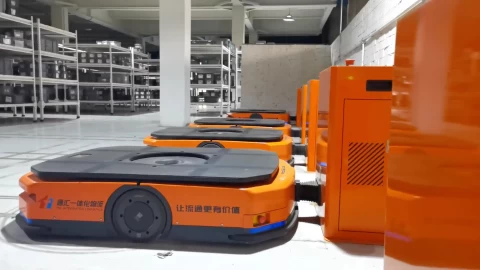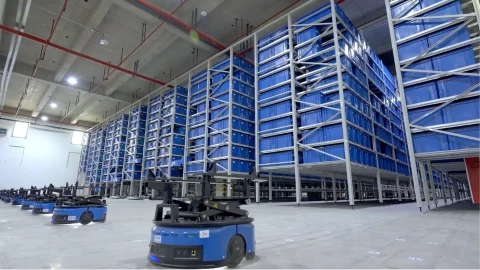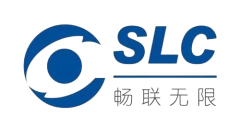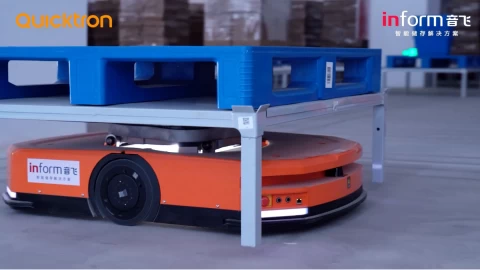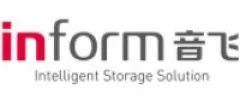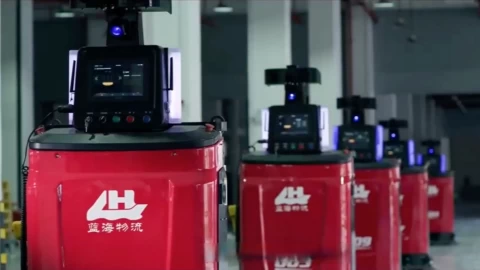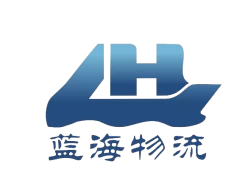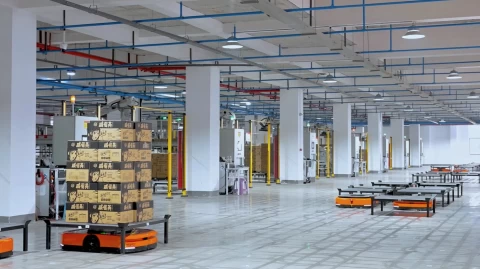Quicktron X MGL
A Japanese 3PL engaged in diverse sectors such as textiles, electronics, machinery, and energy has chosen Quicktron’s QuickBin solution to drive warehouse automation across its global operations.
Faced with challenges such as labor shortages caused by a declining workforce, rising labor costs, and limited land availability in Japan restricting warehouse space, the company is actively promoting automation across its logistics centers. QuickBin was selected for its ability to maximize vertical warehouse space utilization, significantly increase storage density, reduce labor reliance, and boost operational efficiency.
QuickBin is already in operation at the company’s distribution center in Chiba Prefecture, Japan. Encouraged by the results, the conglomerate is planning to expand the solution to other large-scale distribution hubs within its network. This project holds great potential for replication across the organization.

Before Implementing QuickBin
Inbound Operations:
Goods arrived in their original cartons and were transferred onto pallets, then moved between floors using large elevators. Staff used handheld terminals to inspect incoming items and manually transported goods with mobile pallets for shelving.
Outbound Operations:
Operators printed paper pick lists and performed order picking manually. Picked items were sent to the first-floor packing and inspection area. Staff used handheld terminals for verification. When a carton was full, the system printed both a detailed packing list and a shipping label, which were then affixed to the carton.
After Implementing QuickBin
The logistics center for this project spans four floors:
- 1st Floor: Dock, inspection, packing, and returns processing.
- 2nd Floor: General merchandise storage and picking area.
- 3rd Floor: Partial returns processing and new general merchandise picking.
- 4th Floor: Apparel storage, picking, inspection, and packing.
The fourth floor is the main operational zone for QuickBin, handling general merchandise inbound, picking, and storage. The usable ceiling height on this floor is nearly 6 meters, allowing for high-density vertical storage.

QuickBin is Quicktron’s patented multi-robot, fully flexible warehouse solution. It boosts space efficiency through high-density storage and enhances labor productivity by streamlining workstation workflows. The system also reduces management costs and minimizes order fulfillment errors.
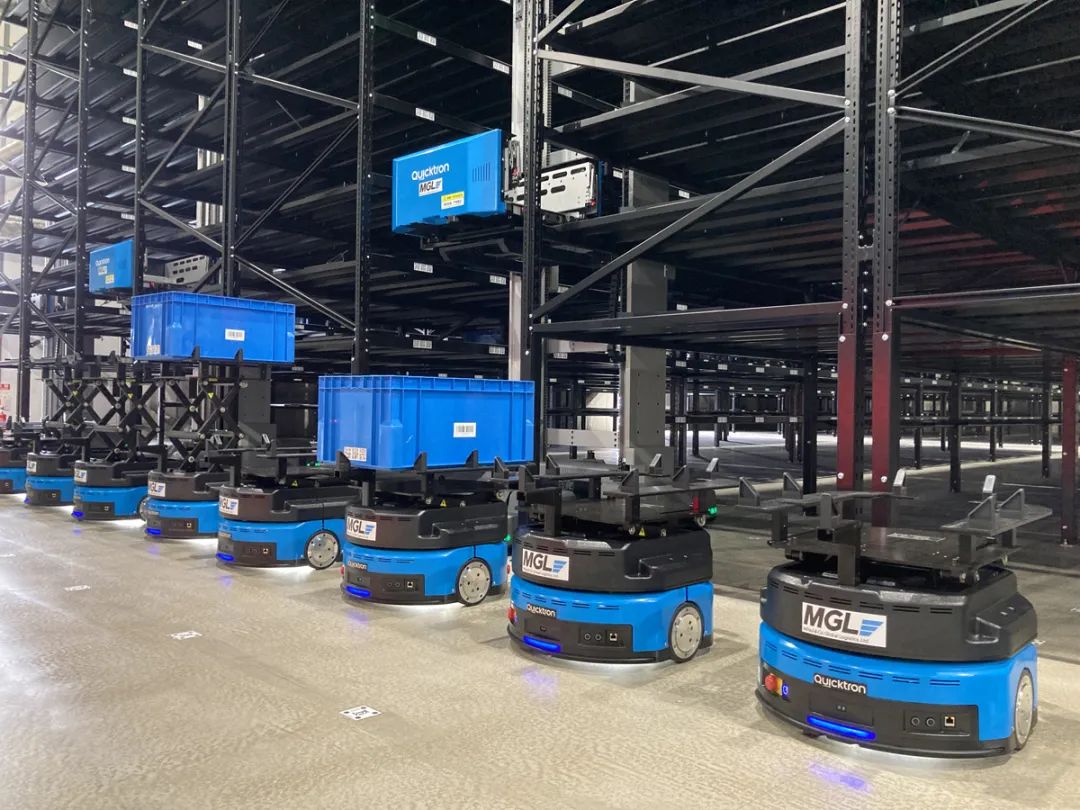
| Space | 1000 square meters |
| Product Type | dozens of units(C56+M5) |
| Out Bound Efficiency | 200 PCS/时/站 |
| SKU amounts | about 9000 SKUs of accessories and apparels |
| Containers | about 7000 units |
| Storage Type | Dual depth |
| Workstation | 4 units |
Solution and Benefits
Inbound Operations
There are three inbound modes: direct online put wall, guided online put wall, and direct offline put wall.
Taking guided online put wall as an example:
An administrator first creates a put wall order in the upstream system, which is then used to generate a put wall task in the WES. The operator selects a put wall mode, such as carton-based sorting, item-based sorting, or order-based sorting. Sorted goods are placed in workstation slots, and robots bring the designated racks to the workstation based on predefined criteria.
The operator scans or selects the items and target storage locations, confirms the quantity, and the WES updates the inventory based on the item, location, and quantity. The upstream system then receives the put wall confirmation.

Outbound Operations
A picking order is created in the upstream system and sent to the WES via API. The WES generates a picking task, activates, and releases the wave. The system allocates inventory accordingly.
Operators select the online picking mode, and the WES assigns orders to the workstation sort wall based on order type, priority, and outbound strategy. Robots transport racks containing the required items to the workstation. Operators bind sort wall slots with totes, scan or select the items for outbound, transfer the physical goods into the totes, and confirm the quantity.
The WES updates inventory based on the picked quantity, and the upstream system receives the outbound confirmation.

QuickBin: Evolving Toward Full-Site Logistics
Since its first official deployment in 2021, QuickBin has undergone three years of continuous refinement and has gained popularity across China, Europe, and Japan. Now in its phase 3.0, QuickBin emphasizes hybrid and compatible design, layding a solid foundation for the mobile robotics industry to transition toward full-site logistics solutions.
Enhanced Storage Compatibility
QuickBin 3.0 supports a diverse range of storage formats beyond standard tote storage and buffering. It accommodates full-pallet storage on the ground floor, garment-on-hanger storage, mobile shelving, and carton storage, meeting users’ multi-dimensional storage needs.
Advanced Picking Compatibility
The hybrid workstation design supports tote picking, pallet picking, shelving picking, garment-on-hanger picking, and carton picking, covering the majority of users’ picking requirements.
Optimized for Carton Scenarios
QuickBin 3.0 supports storage of cartons in various sizes. Suction-gripper robots handle regular-shaped cartons, while pallet racks are used for irregular or deformed ones—significantly reducing the need for plastic totes and lowering procurement costs.
With the integration of suction-gripper robotic arms, QuickBin enables unmanned picking in high-bay rack zones and high-density picking of footwear products, further advancing warehouse automation.
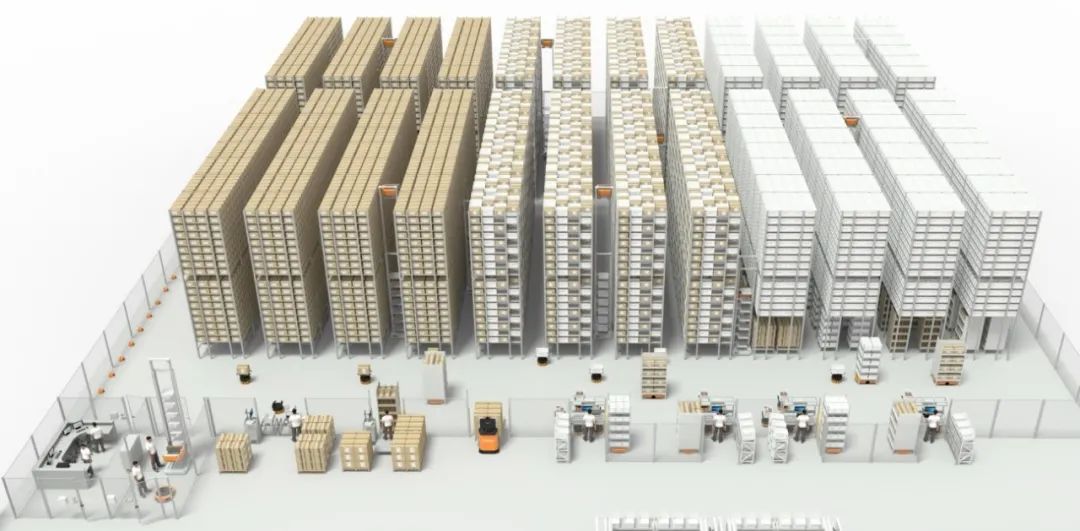
Related Cases
